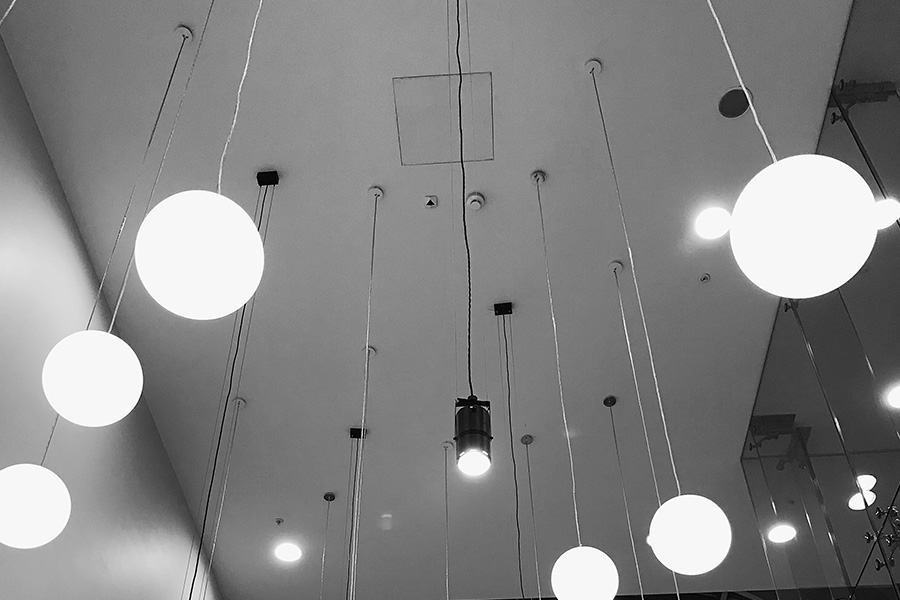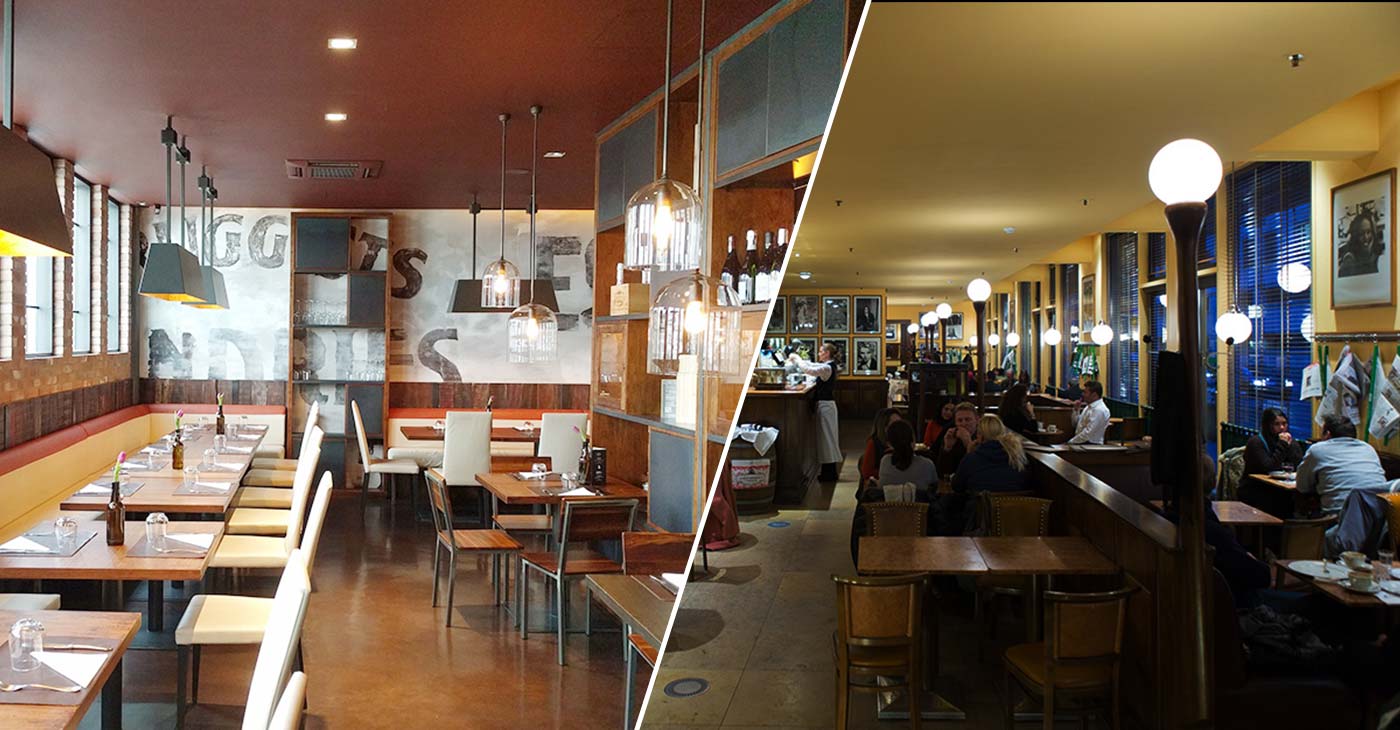In the landscape of smart home technology, the smart light bulb with remote control functionality stands out as a hallmark of convenience and innovation. This article goes into the mechanics and benefits of smart light bulbs, contrasting them with traditional lighting solutions, and exploring their utility in various settings, including commercial gyms.
Understanding the mechanism of the smart light bulb
The foundation of smart lighting technology
At the core of the smart light bulb’s functionality is its ability to connect to a network through various wireless communication protocols. This connectivity is what distinguishes smart bulbs from traditional lighting solutions. By leveraging technologies like Wi-Fi, Bluetooth, Zigbee, or Z-Wave, smart bulbs integrate seamlessly into the fabric of smart homes and modern commercial spaces, enabling a higher level of interaction and automation.
Enhanced user interaction
Smart bulbs transcend the limitations of traditional lighting by offering multiple control mechanisms. This versatility allows users to tailor their lighting environment to their specific needs and preferences in real-time, without the physical constraints of traditional switch-based systems. Whether through a smartphone app, voice commands via smart home assistants, or a dedicated remote, users can enjoy an unparalleled level of convenience and customization.
Integration into smart home ecosystems
A key advantage of smart light bulbs is their ability to integrate into broader smart home systems. This integration allows for more complex actions and automations. For example, lights can be programmed to respond to events triggered by other devices in the home, such as security systems or motion sensors, enhancing both convenience and security.
Personalization of the lighting experience
The advanced technology behind smart bulbs opens up a new realm of personalization options. Users can create lighting schedules that align with their daily routines, adjust lighting based on activity or mood, or even simulate natural light patterns to support their circadian rhythms. This level of customization not only enhances the user experience but can also contribute to well-being.
Remote accessibility and control
Another significant benefit of smart light bulbs is the ability to control lighting remotely. This feature is particularly useful for managing lighting in absentia, offering peace of mind to users by allowing them to adjust their home lighting while away, ensuring security and energy efficiency.

Comparative analysis with traditional light bulbs
The transition from traditional light bulbs to smart IoT (Internet of Things) LED bulbs marks a pivotal moment in lighting technology. These advanced bulbs are equipped with LED technology, renowned for its energy efficiency and longevity, and are further enhanced with IoT capabilities. This combination not only elevates the energy efficiency and operational lifespan over traditional bulbs but also introduces a level of interactivity and intelligence previously unattainable.
Seamless integration with smart environments
A standout feature of smart bulbs is their seamless integration into the IoT ecosystem, enabling them to communicate and collaborate with other smart devices. This interconnectivity facilitates a cohesive and intelligent home automation system where lighting can adapt to various scenarios, such as dimming when a smart TV is turned on for movie viewing, or illuminating pathways in response to motion sensors during the night.
Customization and control: Beyond on and off
Where traditional bulbs offer a binary choice of on or off, smart IoT LED bulbs provide an extensive range of control options. Users can fine-tune the ambiance of their spaces with an impressive spectrum of colors and white tones, adjusting brightness and color temperature with precision to match activities, enhance moods, or improve focus and relaxation. This level of customization goes beyond simple illumination, transforming lighting into an adaptable element of home and commercial spaces.
Proactive energy management
One of the defining advantages of smart IoT LED bulbs over traditional lighting solutions is their proactive approach to energy management. These bulbs can report real-time energy usage, allowing users to monitor and adjust their consumption patterns for optimal efficiency. Furthermore, the ability to schedule and automate lighting based on occupancy or time of day significantly reduces unnecessary energy use, a feature far beyond the capabilities of traditional light bulbs.
Enhanced durability and reduced environmental impact
The integration of LED technology within smart bulbs not only ensures a longer lifespan compared to traditional incandescent or fluorescent bulbs but also contributes to a lower environmental impact. The reduced need for frequent replacements diminishes waste, and the energy efficiency of LEDs lowers the overall carbon footprint associated with lighting.
Light bulb with remote control capabilities
The remote for a smart light bulb is not just a simple on/off switch but a gateway to a multitude of lighting settings. Users can:
- Adjust brightness and color temperature to suit different times of day or activities.
- Set schedules and timers for automatic lighting adjustments.
- Select from millions of colors for mood lighting.
- Control multiple bulbs simultaneously for cohesive lighting scenes.
Energy efficiency and consumption
Smart light bulbs are often LED-based, which inherently consume less electricity than incandescent or halogen bulbs. The smart functionality adds the ability to precisely control usage, further enhancing energy efficiency. For instance, scheduling off times or dimming lights when full brightness is unnecessary can lead to significant energy savings.
Functional flexibility
Smart bulbs offer a range of functions that extend beyond simple illumination:
- Adaptive lighting
Adjusting color temperatures throughout the day to support natural circadian rhythms. - Presence simulation
Turning lights on and off in a pattern that simulates occupancy, enhancing security. - Integration with smart home ecosystems
Allowing for coordinated actions, such as turning on lights when a smart door is unlocked.
Coordinated control of multiple bulbs
One of the key advantages of smart bulbs is the ability to create groups and control many bulbs simultaneously. This feature is particularly useful in settings like commercial gyms, where creating different ambiance settings for various areas (e.g., a calming atmosphere in the yoga room versus energizing lights in the cardio area) can enhance the overall user experience.
Common fixtures and their application
Smart light bulbs are versatile and can be fitted into a variety of fixtures, from standard lamp sockets to recessed lighting fixtures. The most common types include A19 bulbs for general use, BR30 bulbs for recessed fixtures, and GU10 bulbs for track lighting. Each type is suited for specific applications, enabling seamless integration into both residential and commercial environments.
Prevalence in modern spaces
Smart lighting is increasingly common in modern buildings, including residential homes, commercial offices, gyms, and hospitality settings. The flexibility and control offered by smart bulbs make them an ideal choice for environments that benefit from customizable lighting solutions to cater to different activities and moods.
Conclusion
The smart light bulb with remote represents a significant leap forward in lighting technology, offering unparalleled control, efficiency, and customization. Its application extends far beyond the home, enhancing environments like commercial gyms with adaptive, energy-efficient lighting solutions. As technology advances, the integration of smart lighting into our daily lives promises not only greater convenience but also a commitment to sustainability and energy conservation.


